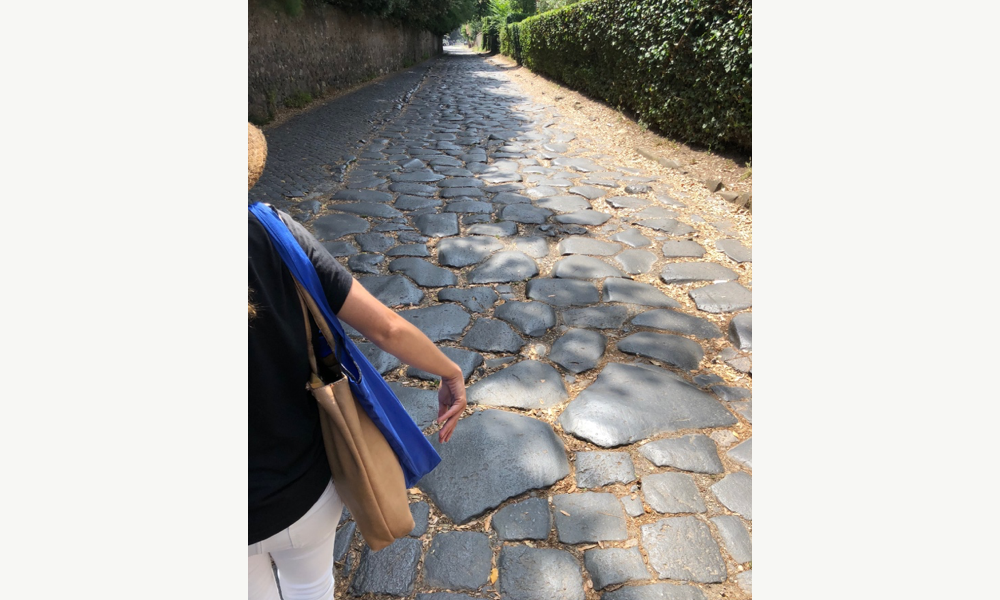The White Rabbit appears at the very beginning of Lewis Carroll’s book, Alice’s Adventures in Wonderland. When he races down the rabbit hole, Alice follows him into Wonderland, thus beginning her fantastic journey. Carroll’s setting is other-worldly, but he evokes it with such aplomb it becomes a character in its own right.
Where a story takes place is part of a story’s scaffolding. At a micro level, this means choosing if the characters are packed in at a table or watching each other from across a theatre. However, in many stories, like Carroll’s, there is a macro setting as well. The Life of Pi, the James Bondbooks, and Jason Bourneare all globe-trotting novels in which the protagonist purposefully moves between countries. In The Warmth of Other Suns, The Grapes of Wrath, and The Stormchasers, the characters move between cities. In Fences,Jakob the Liar, and Let the Great World Spin, the stories takes place within a single city, but that city (or fenced yard) is as important as the names of the characters.
A story can travel to other worlds, across time, inside the body (Nutshell), under the sea, or under the earth, but no matter the geographic span of the story, it is important to make conscious decisions as to where each scene takes place. The geography can amplify your story’s mood, provide context and even serve as a character itself. But only if you do it effectively.
 One of my novels-in-progress is historical fiction based on the true story of an escaped slave during the first century CE. He travels between parts of the Eastern Roman Empire and Rome.
One of my novels-in-progress is historical fiction based on the true story of an escaped slave during the first century CE. He travels between parts of the Eastern Roman Empire and Rome.
One advantage of historical fiction is that the historical record of the protagonists’ travels define much of where the story takes place, at least at a macro level. What remains for the writer is selecting the venues within each city for dialogue and action, as well as figuring out the aspects of the environment to highlight.
Since my novel is not yet published, I have no guarantee I’ll make back money spent on research (I’ve purchased well over 100 books so far!). Faced with whether I should travel to the region for research, I waffled: How much would I gain? A few slightly-improved paragraphs in the book? Entirely new scenes? Basically, would it be worth the cost of the trip?
Sometimes the answer is yes, sometimes no. I made the trip and was in no way disappointed:
- Cameron dives into some snails.
- Street performers in Rome. Photo courtesy killingbatteries.com
- Cypress and olive trees and umbrella pines.
- Christian saints held at the Mamertine Prison prior to execution. First line is Saints Peter (Pietro) and Paul (Paolo).
As you can see from my snapshots, I not only gathered facts, but also captured the mood and environmental factors. I was struck by Rome’s energy and style, how relatively little seems to have changed in 2,000 years: the brashness of its beggars and street performers, the unique flora and fauna (Do we have umbrella pines in the U.S.?). Though I had read, googled and libraried my way to a reasonable “head knowledge” of the place, each day of my trip brought me to a new depth of understanding with my story’s characters and its sensibility.
Everywhere I went, I brought a notepad and camera. Between excursions, I wrote parts of my novel, capturing startling observations while they were still fresh.
Was it worth it? I’ll let you be the judge of that—when(not if) my novel gets published!








Social